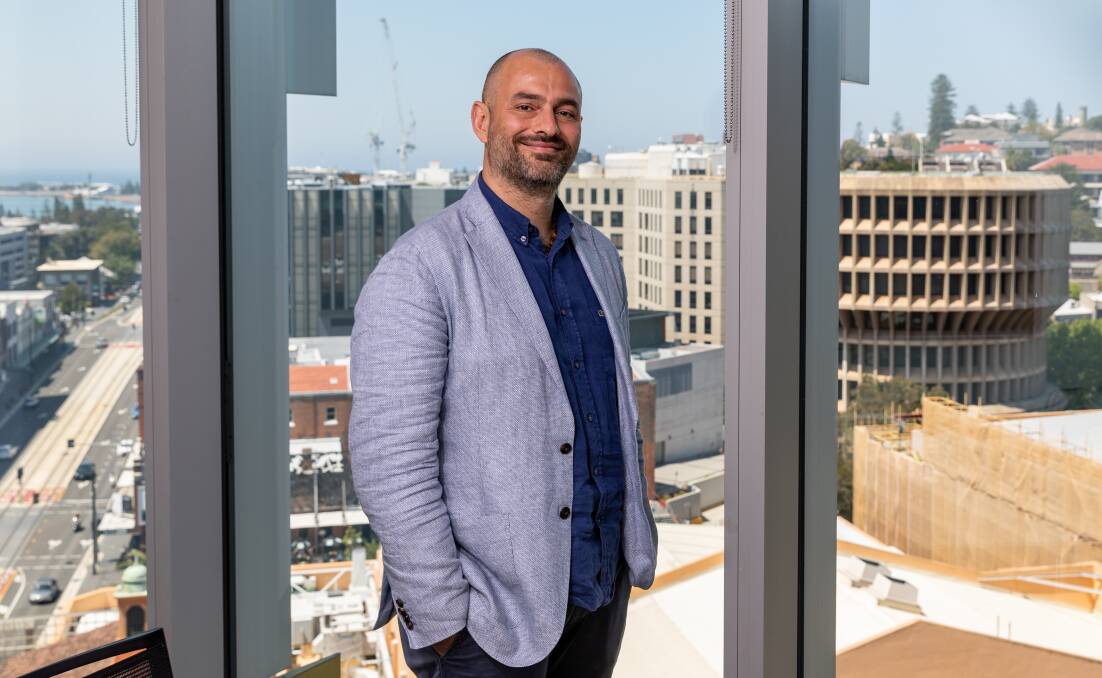
The identification of asymptomatic cases of COVID-19 is critical in reducing risk as Australia moves gently towards easing restrictions, University of Newcastle Professor of health economics Francesco Paolucci says.
Subscribe now for unlimited access.
or signup to continue reading
"It's critical to test asymptomatic cases," said Professor Paolucci, who has been researching COVID-19.
"This was one of the key problems in Italy."
Professor Paolucci, who is also with Bologna University in Italy, said it was clear that asymptomatic cases were a source of infection "in every closed environment from aged care to family homes to places of work".
It was revealed on Monday that a survey of New Yorkers found one in five city residents carried antibodies to the coronavirus.
"This is informing further that you're seeing an asymptomatic population that is infectious," he said.
This followed a study in Washington state about an outbreak in a nursing home that found half the people infected did not have symptoms.
Further, Stanford University conducted an antibody test of 3300 residents in Santa Clara in California, finding that COVID-19 was 50 to 85 times more widespread than previous testing suggested.
And a biotech company in Iceland that tested more than 9000 people found about 50 percent of those who tested positive were asymptomatic.
Silent spreaders can be asymptomatic [no symptoms], presymptomatic [symptoms develop five to six days after infection] and very mildly symptomatic.
Some experts consider testing people without symptoms to be crucial in establishing the extent of the disease and helping to inform the easing of restrictions.
Australia's Chief Medical Officer Brendan Murphy said on Monday that "we are talking about significantly expanding testing across the country - including for the first time, we will start testing for asymptomatic people".
Professor Murphy said the aim was to "try and be absolutely sure that we are capturing every case that we can".
"We don't think we are missing significant numbers of cases in Australia, but if we are going to consider at the national cabinet in a few weeks time the relaxation of distancing measures, we have to be so well-prepared."
Health and aged care workers would be the first priority for asymptomatic testing.
Professor Paolucci believes the government is "doing the right thing in gradually expanding the testing".
"The tests should be for COVID-19 and its antibodies," he said.
The counter argument, he said, was the cost and lack of supply of tests.
"How we do that and fund that [asymptomatic testing] is the challenge," he said.
Now that Australia has flattened the COVID-19 curve, anxiety is easing and more people are becoming eager for restrictions to be relaxed.
Professor Paolucci said we should be talking about making restrictions "more flexible", not focusing only on easing them. This was because some restrictions may need to be reintroduced if a new wave of cases emerge.
Furthermore, he said social distancing would need to be in place "for a sustained period of time".
This would give the healthcare system and industry the space and time to sustain the fight against COVID-19.
The federal government has been working to boost the capacity of hospitals to deal with outbreaks, while focusing on contact tracing and isolating those infected.
The release on Sunday of the COVIDSafe app, which aims to stop the spread of the virus, is another measure being used to help relax restrictions in "gentle steps".
As federal and state governments seek to manage the crisis while finding a balance between health and the economy, the magic number is an infection rate of 1.0. This rate means the number of cases will keep falling.
Professor Murphy said Australia's infection rate was below one, except in Tasmania which was slightly over one.
Professor Paolucci said it should be recognised that data being used to formulate the infection rate "depends on many indications".
The risk remained that the virus was "incredibly infectious".
Nevertheless, he said an infection rate below 1.0 should enable "a slow and gradual restart to economic and social activities, as long as social distancing is respected and enforced if needed".
One problem with easing restrictions was that "a lot of economic activities disrupt the social distancing prescription". This, he said, must be monitored closely.

